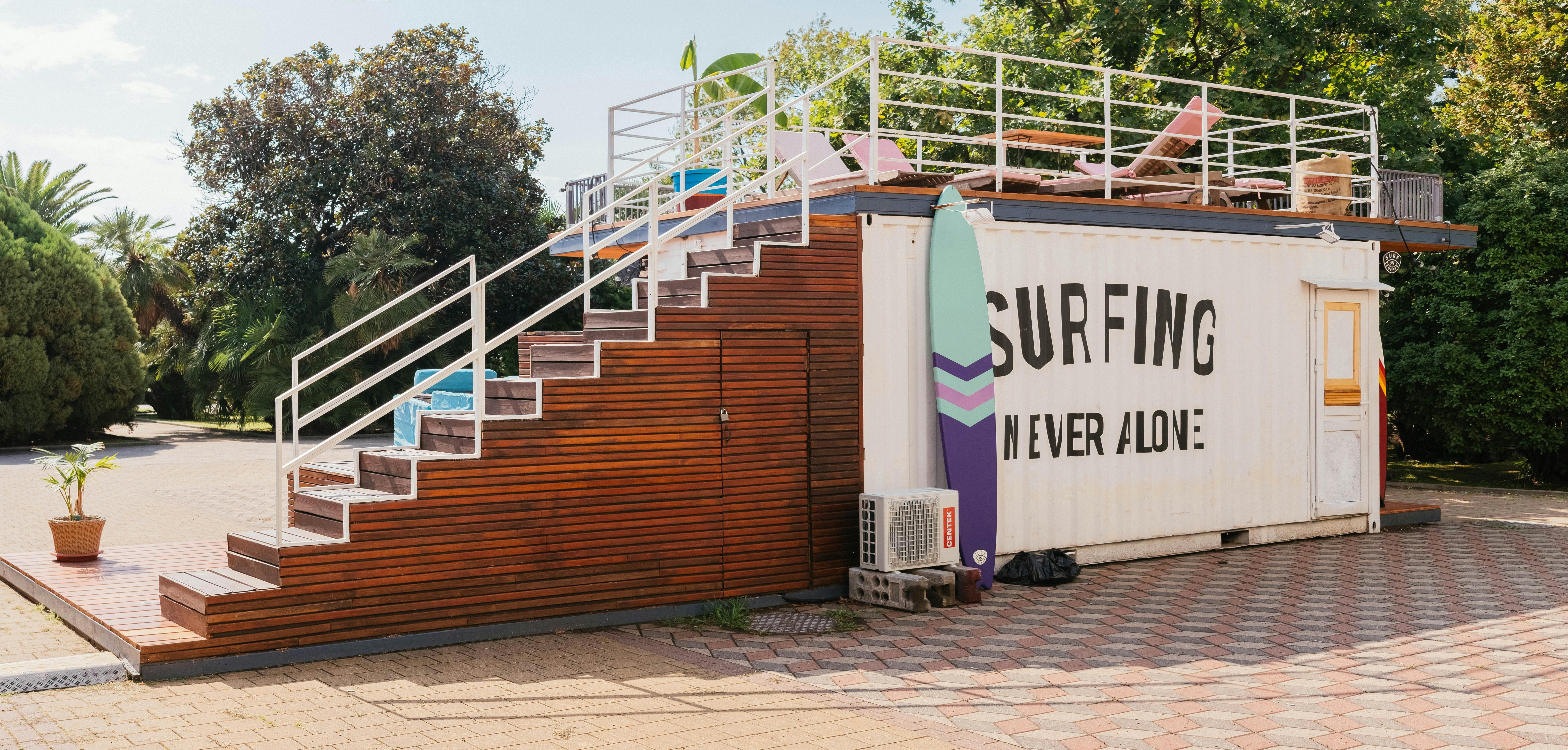Choosing and living with terracotta tiles
Terracotta, or literally “fired” “earth”, is one of the oldest and most basic building materials ever made. Terracotta is essentially clay that has been fired in a kiln until it becomes hard and semi-vitrified and this material is used to make roof tiles, drain pipes and floor tiles.
As a flooring material, terracotta has had to compete with a wide range of alternatives that are currently available on the market, ranging from ceramic to travertine, but it would be very difficult to find a material as “alive” as this. .
Spain, Portugal, France, Italy and Mexico are the main countries of origin for most of the terracotta floors available today, supplying tiles of numerous colours, shapes, thicknesses and quality. The key to buying the best soil for you is to advise yourself well. Despite selling this material, some retailers don’t seem to know much about the product and this leads to poor sales or worse, bad advice – leaving the customer with a floor that is not what they expected. Hopefully this article will help you make an informed decision. choice the next time you consider investing in a clay floor.
As already mentioned, terracotta tiles come from countries with a temperate climate; This is no coincidence because many terracotta makers use the sun as a medium to air dry their tiles before firing them in a kiln. When first made from wet clay, the tiles must dry naturally before being placed in the kiln; otherwise they would simply rupture as the water within them boils and expands. Once the tiles are dry, they can be fired in the kiln, the time and temperature of which vary depending on the type of tile being produced.
There are essentially two basic types of tiles, hand-made and machine-made, and both give quite different finishes to the floor.
Handmade tiles tend to have a more rustic appearance and show much more texture in their finish; some may even have paw prints or bird tracks, where they were stepped on while drying in the open air. Handcrafted tiles are exceptionally good at hiding dirt as their finish is so varied and they lend themselves well to installation in a rustic setting such as a barn conversion etc.
Quite often, handmade products are made in a more basic way and oven temperatures are not as controlled as some machine-made products. Some ovens, for example, are wood-fired, and often a strong wind will cause oven flu, creating a fluctuation in temperature inside the oven, resulting in uneven cooking. One consequence of this is that it can produce tiles that have a dramatic variation in color within themselves and from tile to tile and also salt pits: small pockets of mineral salts that ooze from the tile surface that vary in size. from a pea to a golf ball in diameter. Small fissures and cracks on the surface of these tiles are also quite common.
Some handmade tiles are cast into a mold that sits on sand, the wet clay is trimmed to size, and the tile is taken out of its mold ready to dry and finally fire – one of the unintended benefits of this technique is that one side of the tile is sand textured and the tiles can be laid “upside down” to create a more rustic effect during installation if the client prefers.
Machine-made terracotta is a much less labor-intensive process, as much of the work of mixing and cutting the clay is done by machine; this gives a degree of uniformity to these types and the cooking process is usually carried out in electric ovens with strict temperature regulation. which produces a much more uniform and blemish-free product. Please note that even machine-made tiles can have minor flaws such as bowing and small salt pits, but these are really a characteristic of the material and should be viewed as positives rather than negatives.
There are some manufacturers who combine both methods, forming the clay by hand and then firing it in electric ovens; these tiles give the best of both worlds offering a rustic tile with a more uniform finish, especially San Genis in Spain.
So how do you choose? Well, first of all, you need to analyze your lifestyle before selecting any type of flooring. If you’re the type of person who wants (or needs) to scrub or mop floors every day, then avoid terracotta, you’re much better off with a product like ceramic. If you’re not, keep reading…
If you’re happy to live with a little dirt, then terracotta might be the right choice. The floor should not look pristine and many clays, particularly those made by hand, actually benefit from dirt and neglect. The type of room to be tiled will also influence your choice: your decor may not lend itself to the rusticity of some clays, but may be better suited to a machine-made product.
We recommend that your tiles are sealed using the traditional method of boiled linseed oil* followed by coats of traffic wax paste, this really gives your terracotta an authentic finish that will improve with time and a bit of dirt. There are alternatives, but we would always recommend using oil as the main sealer, as it will give the tiles color and protection; an alternative finish to wax can be any of a number of proprietary finishes, such as HG Cotto Finish, a water-based metallic finish. emulsion that is applied after oil – this will give your tiles a wax-like shine, but will not “wear off” as dirt simply won’t stick to this type of sealer.
(*note that linseed oil is an oxidizing oil and generates heat as it sets…NEVER place oil-soaked rags in a container or bag as they can spontaneously ignite…always wash or burn rags /oil stained sponges)
So if you’ve gotten to this point and decided to go for terracotta, your next big step is to select your installer. Not all tilers are familiar with working with fired clay, so check that your tiler is fully familiar with the subject, they should certainly know about its use, what sealers to use, and how to care for the floor afterwards, if they can’t, no Don’t use them, find someone who can!
Taking care of your floor… as we mentioned before, terracottas are quite good at hiding or disguising dirt. We always recommend that our customers simply sweep or vacuum their floors and if they really must tear up the mop in anger, use plain water or an alkaline cleaner like HG Superfloor; do not use detergents as they remove your hard earned wax film. ! Most installers will also offer the customer a waxing service (after all, they must have a commercial polisher to do this) and the fee is usually quite reasonable, especially if the floor is well-settled. to wax and polish.
That’s it – we hope we have given you enough information to enable you to make an informed decision about terracotta tiles and whether or not they are the right choice for you. If you decide to invest in this type of flooring and it is installed correctly, you can expect it to be with you for life.



Recent Comments